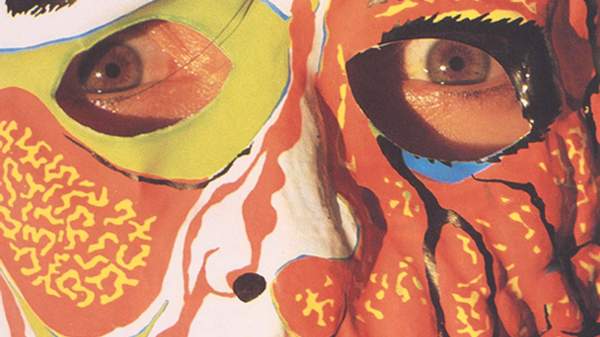Overview
The technological boom of the noughties saw Steve Jobs catapulted to god-like status (RIP) and CDs become basically extinct, making it hard to imagine that 20 or so years ago our enjoyment of recorded music hung largely on the now archaic mix tape. Once upon a time we sat on hard floors, fingers poised above PLAY and REC, waiting to hear and capture that one important song, should we be so lucky that it should serendipitously permeate the airwaves.
The cassette tape is just one thing to feel nostalgic about at NGV's newly opened Mix Tape 1980s: Appropriation, Subculture, Critical Style. The exhibition fuses art, music and fashion seamlessly within a broader exploration of national identity to create a complex tapestry showcasing a decade that heralded dynamic change in Australia’s contemporary art and culture landscape.
The exhibition is a mix tape — just like a traditional TDK cassette, it is a compilation of the most pressing and progressive issues of the time and for added authenticity the viewer even has to switch from Side A to Side B half way through.
To start with Side A would be to walk into the first of the two large exhibition rooms and be met by the young girl in Peter Tyndall’s A Person Looks At A Work Of Art/ someone looks at something. As she stares out at her observer, they become desperately self aware of the very act of artistic reflection. This piece perhaps inadvertently sets the scene for the rest of the collection — the artists of the time were immersed ethically as well as stylistically in their practice, often hyper aware of their medium.
The breadth of work within Mix Tape 1980s: Appropriation, Subculture, Critical Style shows no limits in terms of form, conceptualisation and subject matter. Juan Davila’s postmodern Ratman questions censorship, homosexuality and art in culture; Robert MacPherson’s Frog Poems attempts to eradicate the limits of the English language and Imants Tillers’ composite works open up all manner of artistic possibilities. Further mixing creative mediums, the digital music mix tapes by artists such as Jenny Watts and Philip Brophy strewn around the gallery (to listen to through noise-cancelling headphones) contextualise the era in which these artists lived, worked and presumably partied at the discotheque.
Side B flips the viewer into a second space — this one darker, showier. The elaborate fashions and nightclub subcultures of the decade are juxtaposed by the bleaker cultural identity crisis that concurrently took place. Both Leigh Bowery’s iconic The Masquerade costume design and Peter Tully’s jewellery explore ideas of gender and homosexuality as influenced by pop culture, highlighting the currency of their work beyond its role as fashion.
Deeper into the gallery, introspections of personal and cultural identity are further explored. Many works centre upon identification, Indigenous society, environmentalism, womanhood and feminism. This cultural existentialism present in the drawings, painting, sculpture and photography create a critical and even, at times, Kafka-esque view on the society.
Fusing mediums both aurally and visually Mix Tape 1980s: Appropriation, Subculture, Critical Style is not just a kitschy throwback to the colourful music, art and fashion of 1980s Australia, but a deeper homage to a dynamic decade of exploration that continues to permeate and inform the present day.
Image Maria Kozic Self Portrait 1987, via ngv.vic.gov.au
